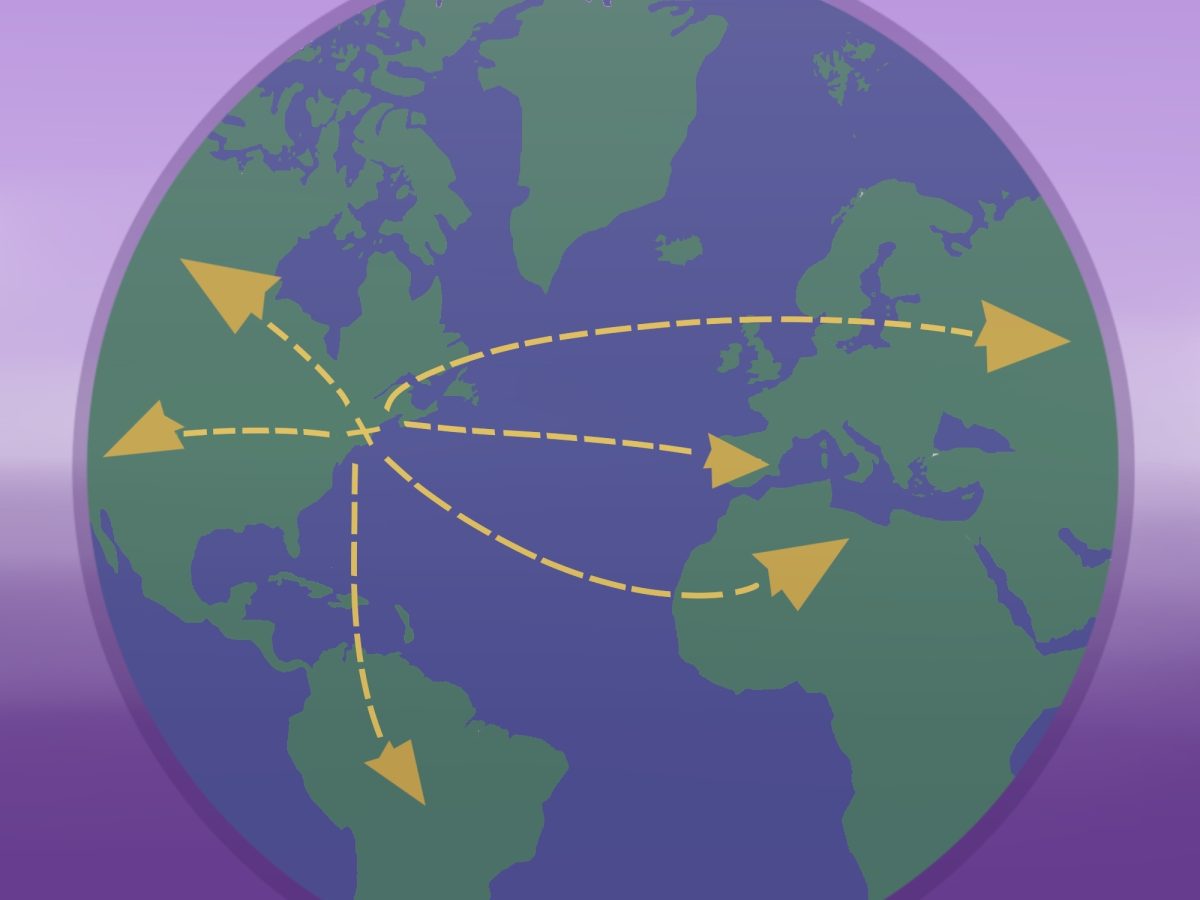Straddled by the Gobi Desert to the east and the mountains of Kyrgyzstan to the south, the Kazakh city of Khorgos is located in one of the most inaccessible regions on the Eurasian continent. Despite this fact, its proximity to Xinjiang province, which is China’s westernmost province, has made this otherwise geographically isolated city a point of both intense optimism and contention for the respective Kazakh and Chinese governments.
Xi Jinping’s ambitious One Belt One Road (OBOR) program designed to establish a massive infrastructure apparatus connecting Asia with Europe has thrown Khorgos in the international spotlight. Despite being 1,600 miles away from the nearest ocean, the state-owned Chinese shipping company COSCO has directed copious amounts of funds and resources toward transforming Khorgos into the world’s largest “dry port.” While shipping by land is significantly more expensive than shipping by sea, it takes twice as long to reach Europe by conventional overseas routes. Establishing land-based shipping lanes is also important for China geopolitically, as it eliminates the threat that foreign navies, especially the U.S. Navy, pose to China’s currently vulnerable export economy.
Kazakhstan’s interests also align along economic and geopolitical lines. The benefits of developing strong economic ties with the ascending China are becoming more valuable by the day. Despite a historical animosity toward their powerful neighbors, Kazakhstan has been rapidly developing these ties over the past few years, as evidenced by the construction of an oil pipeline between the two countries in 2009, and the hundredfold increase in cross-border trade between 2011 and 2016.
Geopolitically, Kazakhstan has an interest in limiting Russia’s influence by finding an alternative trade partner. Given Kazakhstan’s strategic role as a land bridge between Russia and China and its vast supply of untapped oil and natural gas reserves, it is unlikely that Russia will be willing to give up Kazakhstan without a fight, and competition between the two Asian great powers could lead to an explosion of investment into the Kazakh economy.
Despite the benefits of cooperation with the Chinese, however, there is a serious barrier preventing, or at least delaying, a more cohesive partnership between the two nations: negative public perception of the Chinese amongst Kazakhs. While Kazakhstan has followed the mold of a post-Soviet dictatorial state — with Nursultan Nazarbayev serving as the country’s sole president since 1990 — the government is not immune to public opinion, and public opinion of the Chinese is especially sour. Daniyar Kosnazarov, a professor at Narxoz University, said: “The larger the Chinese presence in central Asia, the stronger the anti-China sentiments. Nationalist sentiments and enthusiasm for Chinese investment are living an uneasy coexistence but the ice is getting thinner and thinner.” In 2016, public dissent reached a boiling point when thousands of people organized to protest land reforms that were perceived to be designed for the benefit of Chinese investors. Despite general intolerance toward dissent of any kind, Nazarbayev backed off and suspended the reforms in the wake of these protests.
Despite these setbacks, it seems inevitable that China’s role will continue to rise in Kazakhstan and the surrounding Central Asian nations, which are all pivotal for the OBOR plan. Whether this will will benefit Kazakhstan in the long term is yet to be seen, as the jury is still out on the true effects of China’s bilateral economic partnerships. But for Khorgos, the future is bright, sharply contrasting the frigid and inhospitable nature of the region. Erik Aitbekov, head of the Kazakh dry port, said, “This place is not the end of the world. Because of China, it is the center.”
Last year, more than 100,000 units of goods passed through Khorgos. By 2020, this figure is projected to quintuple to 500,000 containers a year. This figure is miniscule in comparison to China’s exports by sea, however. As the OBOR develops and comes to fruition, the dry port of Khorgos will eventually serve as a major transport hub between East Asia and the large markets of Europe. In this sense, Khorgos, along with many other Central Asian cities, are on track to become a modern day equivalents to the ancient cities of Merv or Samarkand which once prospered in this same role as hubs along the old Silk Road.























































































































